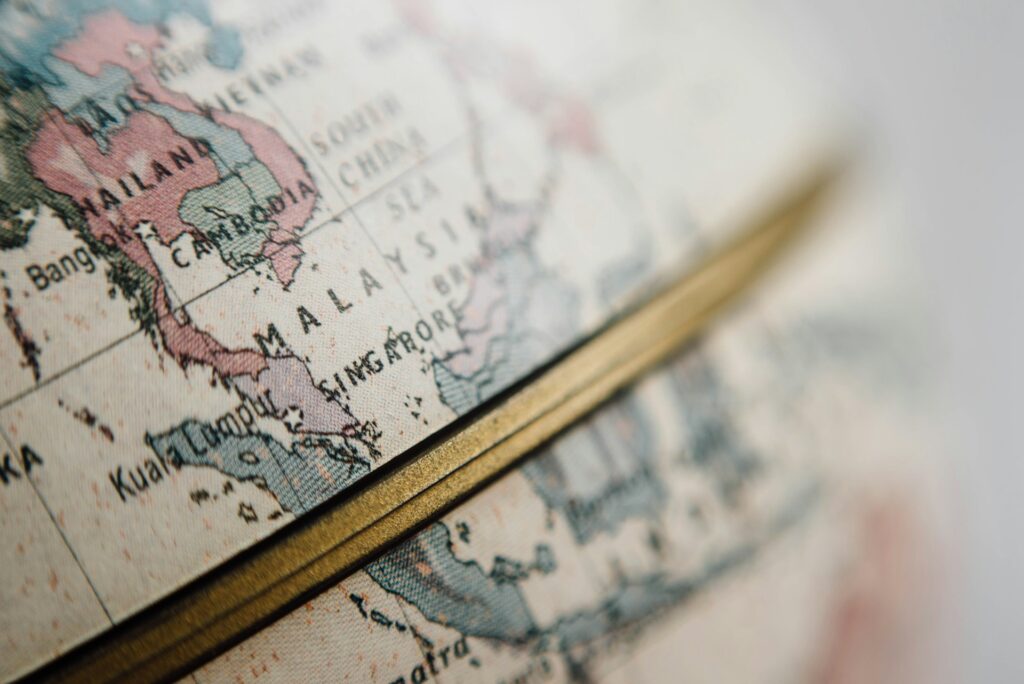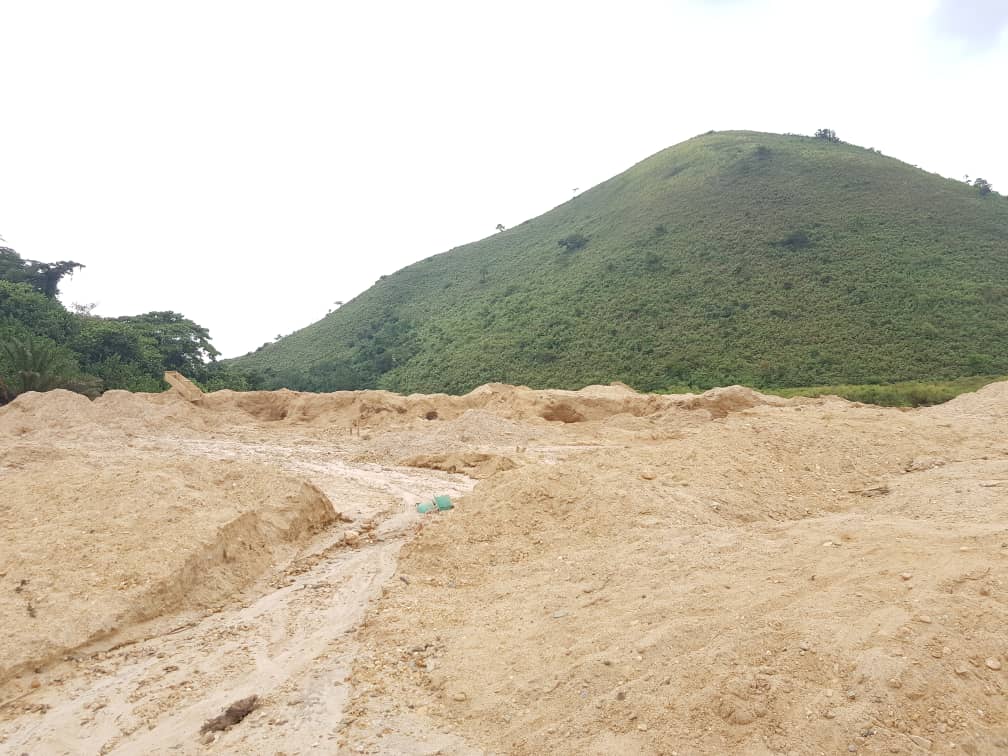Economic crisis aggravating already high inequalities, dysfunctional government and desire to move on from the order inherited from the civil war (1975–1990) are among the main reasons for the protests.
For more than a week, the Lebanese street has mobilized against the poverty, the socio-economic inequalities and the corruption prevailing in their country.
This popular uprising is not an isolated episode. It has to be understood as the most recent chapter in a series of protests that have erupted for the last decade or so, illustrating a deep, still growing distrust toward the elites.
A complex socio-political setting
A Mediterranean country, Lebanon counts a little less than 5 million inhabitants, including hundreds of thousands of refugees, mostly Palestinians who have been established there for decades as well as Syrians, who have fled the war in their country.
Lebanon is a republic known for its consociational system, i.e. a unique power-sharing arrangement between the 18 officially recognized socio-religious groups that make up the country.
Lebanon is known for its power-sharing arrangement between the 18 officially recognized socio-religious groups that make up the country.
Rather than being the illustration of ever-lasting religious rivalries, the sectarian order that govern Lebanon is an essentially modern production resulting from political and legal arrangements established during the 19th and 20th centuries. Although named after religious groups, these divisions are actually a form of social categorization as neither beliefs or religious practice are taken into account to classify the population.
Usually, the Lebanese are simply registered as belonging to the sect of their father. Critical voices against this patriarchal sectarian order are at the heart of the current mobilizations. But what are the exact causes of the movement we are witnessing?
The roots are of course multiple. On the surface, Lebanon is enduring a severe economic crisis. In this context, the incapacity of the government to take action has been heavily criticized.
When the council of the ministers proposed to impose a tax on WhatsApp messages on October 17th, the Lebanese took the streets. Despite the rapid cancelation of the tax, the mobilization continued and the demands became more radical.
However, behind these immediate causes, loom problems that have hampered the country’s progress since the end of the civil war.
A succession of protests
It is actually important to note that the current civil unrest is not a novelty in Lebanon. Previous episodes have underlined people’s discontent with the sectarian regime and their exasperation toward the persistence of poverty and the failings of the political elite.
The 2010 “Laique pride” was followed by a wave of mass demonstrations in 2011 while the so-called Arab spring swept the Middle East and North Africa, calling for the “fall of the sectarian regime”.
More recently, the “Garbage crisis” in the summer 2015 saw massive demonstrations against the ruling class, unable to handle the removal of the trash from the streets.
These mobilizations spurred by a vibrant civil society led to the emergence of civic gatherings like “Badna Nhasib” (We want accountability) or alternative political platforms, such as, among others, “Beirut Madinati” (Beirut, my city) for the 2016 municipal elections, and “Sabaa” (Seven in Arabic) during parliamentary elections in 2018. These new actors have been instrumental in the current uprising.
Dysfunctional politics
The repetition of such episodes of mobilization is first due the inability of successive governments to act on the growing inequalities. This incapacity is rooted in the lack of agreement between the factions that dominate the political scene but also in a structural dysfunction of the State.
The Lebanese Second Republic, created at the end of the civil war, is fundamentally deficient. Consecrating the sectarian division of power, it has originally also been tailored to suit the purpose of Syria, to which the USA and the international community had handed the Lebanese imbroglio.
The Syrian regime, then dominated by Hafez al-Assad (the father of Bashar Al-Assad), made sure it could maintain its political control over Lebanon. The system was set to require the intervention of a “godfather”, an external actor serving as a broker between the Lebanese factions.
Accordingly, the Lebanese system is neither really a presidential regime, nor a classic parliamentary one as there is no “check-and-balance” mechanism between the various poles of power.
After the Syrian withdrawal in 2005, the system lost its facilitator and decision-making became therefore dependent from the Lebanese parties that claim to represent the religious groups composing the country.
Most often, the lack of agreement between these parties led to a series of political deadlocks. Inaction turned out to be the norm as each major decision often required months of difficult negotiations, complicated by the competition between regional powers to influence Lebanon.
Since then, Lebanon witnessed two periods of vacuum at the head of the State in 2007–2008 (ended after an armed confrontation in the capital Beirut), and in 2015–2016 before election of present-day President Michel Aoun. The formation of the current government also took months after the last Parliamentary elections in 2018.
It regroups parties with different interests and strategic orientations, both at the national and regional levels. This quasi-perpetual institutional crisis contributes to the State’s inability to tackle the socio-economic problems affecting the population, without mentioning the rampant corruption prevailing in the country (Lebanon is ranked 138/180 by Transparency International).
The demonstrators have been clear: “All means all”.
In this situation and under the pressure from the street, most of the leading political forces have had to recognize the legitimacy of the popular demands. Some traditional parties even called their supporters to join the demonstrations, either because they are not part of the government or because they resigned from it, like the Kata’eb and the Lebanese Forces, two Christian, right-wing parties trying to take advantage of the uprising.
But the demonstrators have been clear: “All means all”. They want to get rid of all the politicians and organization that incarnate the postwar order.
Getting rid of the heritage of the civil war
Indeed, while demonstrations gather Lebanese of all ages, the youth have been the driving force of all the mobilizations since 2010.
It is partly because young people suffer from a triple marginalization: politically excluded; economically victims of an unemployment rate estimated at 30% among them, despite a high level of education; and socially isolated as many have to travel abroad to work or cannot earn enough money to build a family. They also challenge the norms of the elders, in particular regarding gender relations.
The youth have been the driving force of all the mobilizations since 2010.
Moreover, today’s young generations have been socialized after the civil war and therefore have had different experience of alterity than their parents, in particular in the Lebanese capital. Young people’s life trajectories often unfold in multi-communal spaces, whether in universities or at their workplace. They are therefore more able to question the habits and prejudices inherited from the wartime.
Accordingly, this urban youth do not feel represented by the political elite, whose members were all involved in the conflict in one way or another. After the end of the hostilities, they rapidly adopted a law of amnesty to implement the famous formula: “lâ ghâlib, lâ maghlûb” (no winner, no vanquished).
The nation was to be entirely focused on reconstruction. This system of collective amnesia sponsored by the State froze the painful memories of the Lebanese and perpetuated intergroup defiance.
Feeling of dispossession plays a strong role in the desire of today’s youth to reclaim their sovereignty and dispose of the political and economic practices of the past.
In an attempt to end this status quo, many among the youth aspire to a renewed intergroup coexistence and explore their surroundings more freely. In doing so, they realize how much they have been dispossessed of their city by decades of neoliberal policies, in particular under the long-standing head of government Rafiq Hariri.
In a way, these policies were the continuation under other forms of practices of appropriation perpetuated by armed groups and powerful patrons during the war.
This feeling of dispossession plays a strong role in the desire of today’s youth to reclaim their sovereignty and dispose of the political and economic practices of the past. Years of political inertia, massive corruption and growing precariousness resulting from the extreme deregulation of the economy have nourished their exasperation.
A precarious future
In such conditions, the current events should not come as a surprise. The only novelty this time may resides in the geographical span of the mobilization.
Demonstrations have reached areas that had previously remained relatively calm, in particular in the south of the country, known as a stronghold of the powerful political and military organization Hezbollah.
The package of reforms announced by the government are insufficient to reduce the mobilization
Forecasting the outcome of the crisis is of course difficult. One thing is sure, the package of reforms announced by the government on October 21st this year are insufficient to reduce the mobilization, which appears more and more revolutionary. On October 24th, on the eighth day of the uprising, more and more voices are calling not only for the government to resign, but also for the resignation of the President of the Republic.
General elections may be an option, but agreeing on an electoral law will certainly be problematic. It took nine years to adopt the law used for the 2018 Parliamentary vote.
Another concern relates to the possible reactions of the dominant political factions, if the crisis continues. Despite their weakened position, these parties remain extremely powerful. On October 25th, the leader of Hezbollah, Sayyed Hasan Nasrallah, warned against the risk of civil war. In the following days, several incidents broke out between anti-government demonstrators and supporters of the ruling parties. It is also difficult to foresee how the regional actors would react.
However, the main reason why a return to the status quo is difficult to envisage is that the crisis has propelled questions that have agitated the Lebanese civil society for years to the forefront of the public debate. The discussions on women’s rights, on marriage outside of all the religious legal statuses, on inequalities and, even more acutely, on the fate of the sectarian regime are now impossible to avoid.
The mobilization in Lebanon echoes a global trend observable today from Iraq to Chile.
Finally, it is important to notice that the mobilization in Lebanon echoes a global trend observable today from Iraq to Chile. Each of these countries has of course its own context, and the reasons behind the unrest are not always the same.
Nonetheless, their populations seem to express a comparable desire to confront their subaltern position and regain control of their lives to end their political exclusion and economic exploitation.
These incidents raise questions for us in Europe as well. They echo at least two problems that European representative democracies have been struggling with in the last decades: the issue of the legitimacy of political representation and the risk generated by the economic precarization of the majority in the age of neoliberalism. This offers one additional reason to watch what is going on in Lebanon even more carefully.
Bruno Lefort is an Academy of Finland Postdoctoral Fellow at Tampere Peace Research Institute (TAPRI), Tampere University. His research focuses on politics and societies in the Middle East, as well as on Middle Eastern diasporic communities in Canada and Finland.




